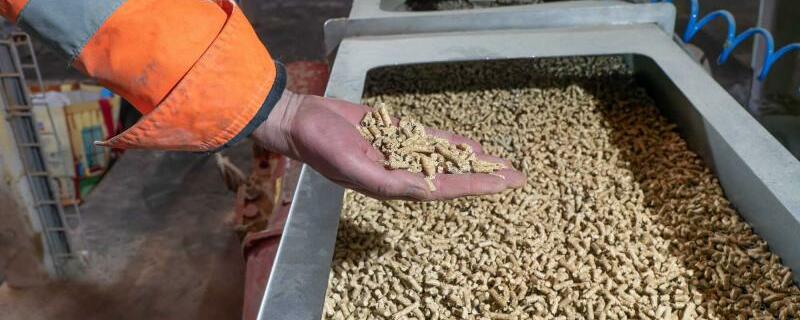
The production of pellets in Germany is higher than ever before - it is not for nothing that the Federal Republic is the number 1 fuel producer in Europe. But how are they actually made?
Wood is a valuable raw material, which is abundant in German forests. For quality reasons, the production of pellets relies on pure wood chips and wood shavings, which are produced at numerous sawmills in Germany – earlier it was waste, and today – the basis of an environmentally safe source of energy. This is how fuel is made.
In Germany, about 90% of pellets are made from sawdust and wood waste, which is a by-product of sawmill production. 10% of the wood used is unsawn roundwood from felling and felling. For quality reasons, wood waste and forest waste are not processed into wood pellets, as this raw material cannot meet air quality requirements.
According to the German Pellet Institute, one ton of pellets requires approximately six to eight cubic meters of wood chips. The quality of raw materials is crucial for the final product, so quality control is carried out repeatedly from the reception of chips to processing and to the final product. Wood residues for the production of pellets are first dried, crushed, and then pressed through a matrix. Different wood species and moisture levels are a problem in finishing. Only homogeneous material can be processed in the press.
The pressing process takes place without chemical additives: the shavings are formed into a cylindrical shape under high pressure. According to DEPI, the wood's own lignins and resins become a natural glue through the resulting heat and residual moisture of the wood, which holds the wood fibers together. However, no more than two percent of pressing aids such as vegetable starch may be added. Lignin ensures the shine of the pellet surface. In the end, the fine fraction is screened from the granules.
The energy consumption in relation to the calorific value for the production of sawdust pellets is 2.7 percent, while the consumption of natural gas is much higher – 10 percent, and fuel oil – 12 percent. The energy required to produce pellets from raw wood is about double the effort required to produce pellets from sawdust. The largest energy consumption is for liquid gas, as energy consumption for calorific value is 14.5 percent.